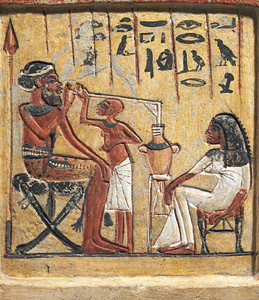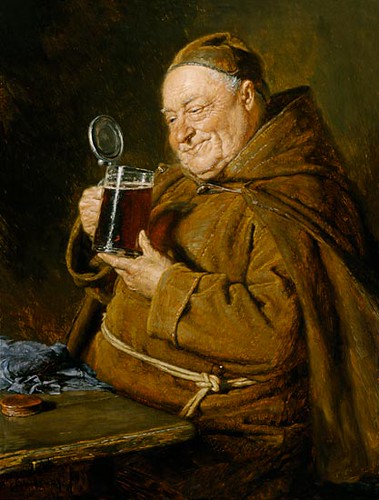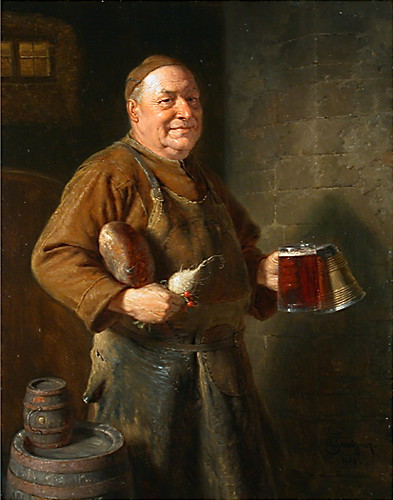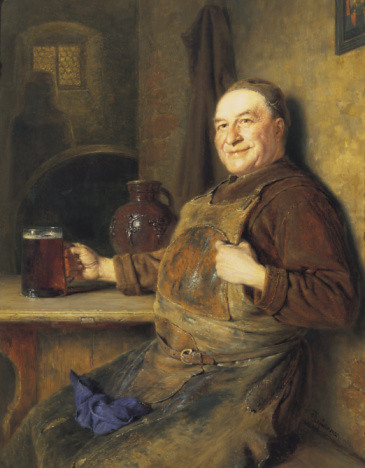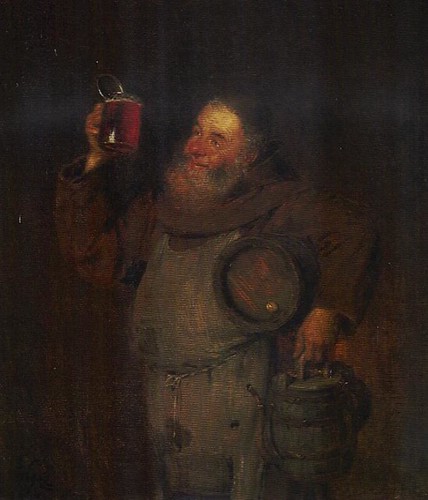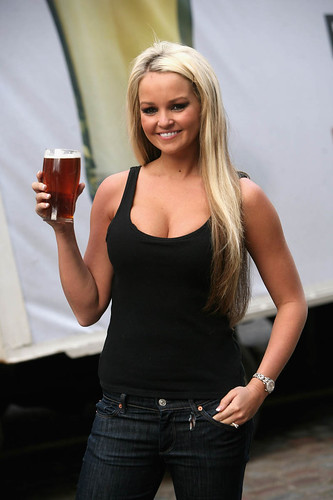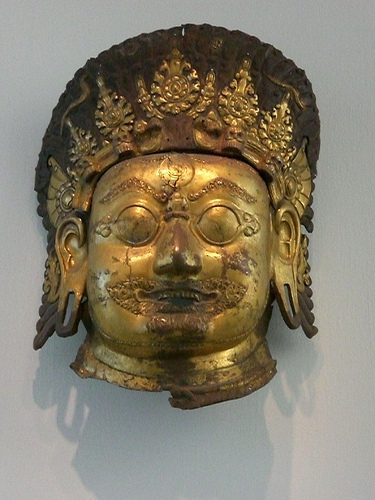
This week’s work of art is by a French illustrator, Michael Marcinkowski, who created a fun play on a portion of Michelangelo’s painting of the Sistine Chapel. He calls his work Le Nectar Des Dieux or Nectar of the Gods and it shows God giving beer to Adam, presumably right after he gave him life.

Today is actually the birthday of Michelangelo (a.k.a. Michelangelo di Lodovico Buonarroti Simon), who was born in 1475 near Tuscany in what today is Italy. Marcinkowski took the hands from a portion of Michelangelo’s painting of the ceiling of the Sistine Chapel, which is meant to represent God giving life to Adam.
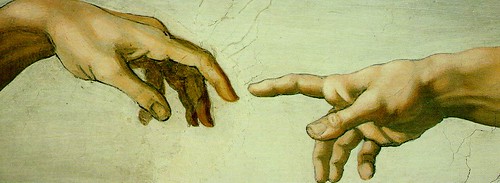
That scene makes up the central portion of the fresco in the Vatican showing Adam and God.



